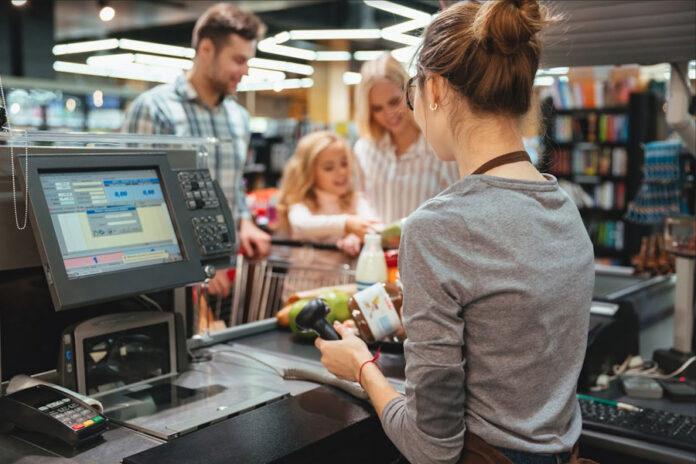Based on a publication from Tom Ryan in RetailWire, Has BOPIS lost its pandemic boost?.
¿BOPIS ha perdido su impulso pandémico?
Consumers still overwhelmingly prefer home delivery to buy online, pickup in-store (BOPIS), according to the results from a just-released study.
The survey of over 3,000 U.S. consumers from August 2021 commissioned by regional carrier LaserShip found 89 percent preferring home delivery over BOPIS, up from 80 percent saying the preferred home delivery in a June 2020 survey.
BOPIS took off during the pandemic and usage was expected to be impacted as in-store restrictions eased.
A Raydiant survey from January 2021 found the leading reason why consumers use BOPIS offerings was COVID-19 concerns, cited by 35.4 percent. That was followed in the top-five by the desire to avoid shipping fees, 19.7 percent; to avoid interacting with people for non-health related reasons, 11.8 percent; to avoid the time spent browsing for items in-store, 9.9 percent; and to avoid waiting in a checkout line, 8.6 percent.
An April 2021 ChaseDesign survey found about half of grocery shoppers who use BOPIS began doing so during the pandemic, but only half of those customers planned to continue in the future. Of all respondents, 54 percent preferred to pick items out in person and 40 percent wanted the experience of shopping in a physical store.
That survey found the top frustrations associated with using BOPIS were product availability, quality, missing items from orders and wait times. Nearly half would avoid using BOPIS to buy meat/seafood, about 40 percent to buy dairy, produce and frozen products, and about 35 percent to order deli or bakery. Forty percent reported waiting 10 minutes or more for their BOPIS orders upon arrival.
For retailers, encouraging BOPIS was seen as a way to reduce the shipping costs of e-commerce. A second path to mitigating the cost is to have customers pay more for shipping.
LaserShip’s survey found consumers increasingly open to paying for faster delivery. Nearly 60 percent of shoppers surveyed paid for faster delivery, with 69 percent of those having paid more for next-day delivery. In the June 2020 survey, 62 percent had never paid for expedited delivery. However, the latest survey also found a free shipping option remained an expectation.
This article was originally published in RetailWire









